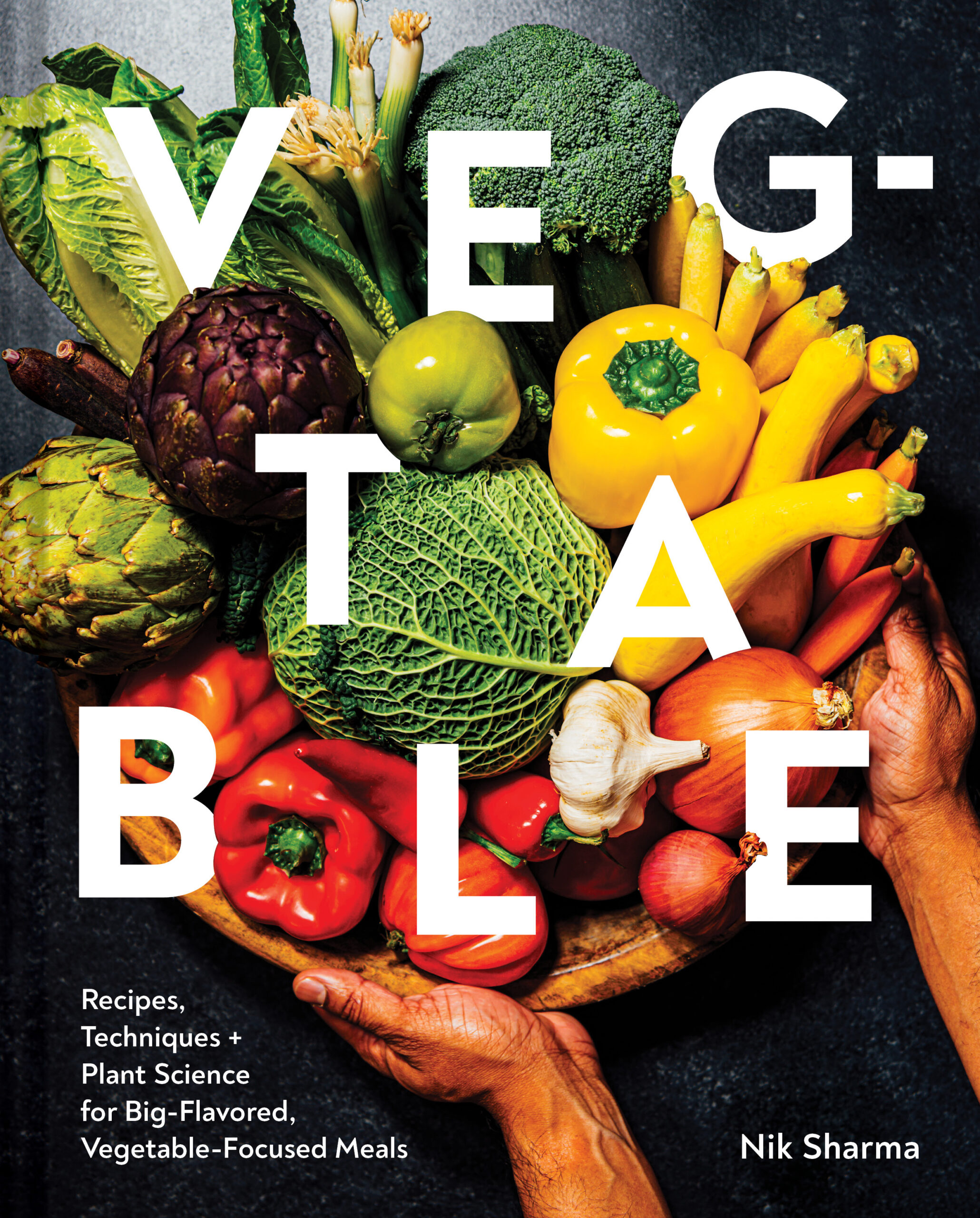
Sambar
5 Stars 4 Stars 3 Stars 2 Stars 1 Star
No reviews
Sambar is one of the quintessential stews in South Indian cuisine, eaten with foods like dosas, idlis, or plain rice. One of the reasons I love this aromatic stew is that it is extremely versatile; you can add almost any type of vegetable to it. I’ve also eaten versions of sambar in India, where shrimp or fish are added.
On a side note, this recipe demonstrates how pH changes occur during cooking using turmeric. Watch how the color will switch from yellow to red and then back to yellow during cooking. Curcumin, the pigment in turmeric, is sensitive to changes in pH and turns red in alkaline environments, which the baking soda provides.
- Yield: 4 to 6
Ingredients
8 oz/230 g split pigeon peas
6 1/2 cups/1.5 L water
1 tsp ground turmeric
1/8 tsp baking soda
1 Tbsp sambar masala, homemade or store-bought
1/2 tsp ground Kashmiri chilli powder
2 tsp tamarind paste concentrate
1 large/about 400 g white or yellow onion, quartered or chopped
12 oz/340 g fresh or frozen okra, diced (optional)
1/2 cup/50 g unsweetened shredded fresh or frozen coconut
1 to 2 medium carrots, diced
1 to 2 drumsticks, cut into 2 in/5 cm pieces (optional)
For the Tadka
2 Tbsp virgin coconut oil or neutral vegetable oil, such as grapeseed
1 large whole dried Kashmiri chilli
1 tsp black or brown mustard seeds
10 to 12 curry leaves
Instructions
- Rinse the pigeon peas with water in a fine-mesh sieve under running tap water until the water runoff is no longer cloudy.
- Add the pigeon peas, water, turmeric, 1/2 tsp salt, and baking soda to a medium Dutch oven or saucepan. Bring to a boil over high heat and then reduce to a simmer. Cook covered until the peas are soft and tender, 30 to 40 minutes. Mash the peas with the back of a ladle, if they aren’t already falling apart. The water will turn red during cooking; don’t panic.
- Stir in the sambar masala, Kashmiri chilli powder, and tamarind paste.
- Add the onion, okra, coconut, carrots, and drumstick. Cover with a lid and simmer for another 20 to 30 minutes, until the vegetables are tender and fully cooked through, about 20 minutes. Stir occasionally to prevent scorching. Taste and season with salt if needed. If the sambar is too thick, stir it in 1/2 cup/120 ml water and season it with salt and tamarind if needed.
- When ready to serve, prepare the tadka. Heat the oil in a small saucepan over medium heat. The oil should be hot and shimmering. Drop a single mustard seed into the oil; if hot enough, it will sizzle and rise to the top. Break the chilli in half and toss it into the oil. Add the mustard seeds and curry leaves; the oil will crackle and spurt, so be careful. Cover with a lid, shake gently, and cook until the leaves turn crisp and translucent, about 1 minute. Pour the hot oil over the sambar and serve hot. Leftovers can be stored in an airtight container for up to a week or frozen for a month.
Notes
- Split pigeon peas are also known as toor dal. I don’t bother soaking the pigeon peas because boiling them with baking soda and salt makes the hard pectin soft; the seeds cook faster and fall apart to create a thicker consistency.
- Turmeric gets its color from curcumin, which is sensitive to changes in pH. It remains yellowish orange at a neutral pH and in acidic solutions like lemon juice but switches to red in the presence of alkaline ingredients like baking soda and soap. During cooking, the baking soda breaks down and becomes even more alkaline, changing the liquid’s color to red. Eventually, the alkaline conditions are neutralized during cooking, and the color will switch back to yellow.
- If you can’t find tamarind paste, use 1/4 cup/60 ml fresh lemon juice.
- Don’t use yellow mustard seeds; they have a different flavor than black or brown.
- When it comes to vegetables, there are plenty of options. Drumsticks aren’t essential (I grow them in my backyard, but you can also find them frozen or fresh at Indian grocery stores). Winter squash, like pumpkin, tomatoes, and potatoes are also wonderful in sambar. I don’t like corn, peas, and green beans in sambar, but I’ve seen folks use them because they come nicely together in frozen bags at the grocery store.
- Coconut oil isn’t essential, but I find that it ties the flavor in this stew beautifully together.
- Author: Nik Sharma




One Response
Hey Nik
Split pigeon peas is known as toor dal, not chana dal